In the gallery at the Centre Culturel Irlandais, or Irish Cultural Centre, in Paris, twisting arabesques of pale wood rise almost to the ceiling. Here and there a pause in the sinuous lines creates what is, for want of a better word, a shelf. On these sit darker objects in glazed porcelain. Their curves, pinched and squashed, shine in shafts of light with the vaguest hint of speckled gold. Here and there a tantalising line of green glimmers along a rim. These pieces are by Sara Flynn. Would you call them pots? The artier term for ceramic at this level of craft is “vessel”, but it’s hard to imagine sticking a bunch of flowers in one, just as it would be unusual to use one of Joseph Walsh’s Enignum wall brackets to support a cache of household bric-a-brac.
Walsh and Flynn, who are both from Cork, have had parallel stellar careers. They have shown in the same exhibitions, and their work is in many matchingly prestigious collections worldwide. Billed here as a collaboration, it is interesting to see such strong elements coming together. But as the vessels-on-bracket combos reveal, many pieces are too determined for one another. It is as if they are each carrying on a different conversation, albeit one about the same thing: how far can you push form, and to what reaches of feeling can making take you?
The elements do harmonise in a series of Flynn’s pieces set on one of Walsh’s Enignum tables, where groups of her ceramics, some of which have the delicacy and magic of sea foam held static, flow above while Walsh’s waves of ash flow beneath. This latter set of works will travel next year to Osaka, in Japan, for Expo 2025, where Magnus Rinn, a big new work by Walsh, will also feature.
Flynn’s works bring to mind an idea of frozen time, and a mood of just-contained solitary drama. That sense of solitude persists even when they are in groups. A similar thing is at play with the work of her fellow ceramicist Edmund de Waal, the author of The Hare with Amber Eyes. With de Waal, whose installations also connect to ideas of lost histories of ownership, what we choose to value and keep reminds us of the way objects accrue meaning and value through their histories.
READ MORE
So if these pieces of Flynn and Walsh’s are not immediately useful, and if they impart presence, mood and feeling, does that make them art rather than craft? It’s not quite so simple. Art can be useful, although it doesn’t have to be. The origin of our word “gallery” comes from one practical function of art in breaking up the dull lines of long Italian “gallerias”. For centuries art had a utilitarian role in telling stories, and giving moral warnings in an era before mass literacy, and artists worked to order with teams of apprentices and artisans to do the heavy lifting when it came to filling in background rivers, seas and skies.
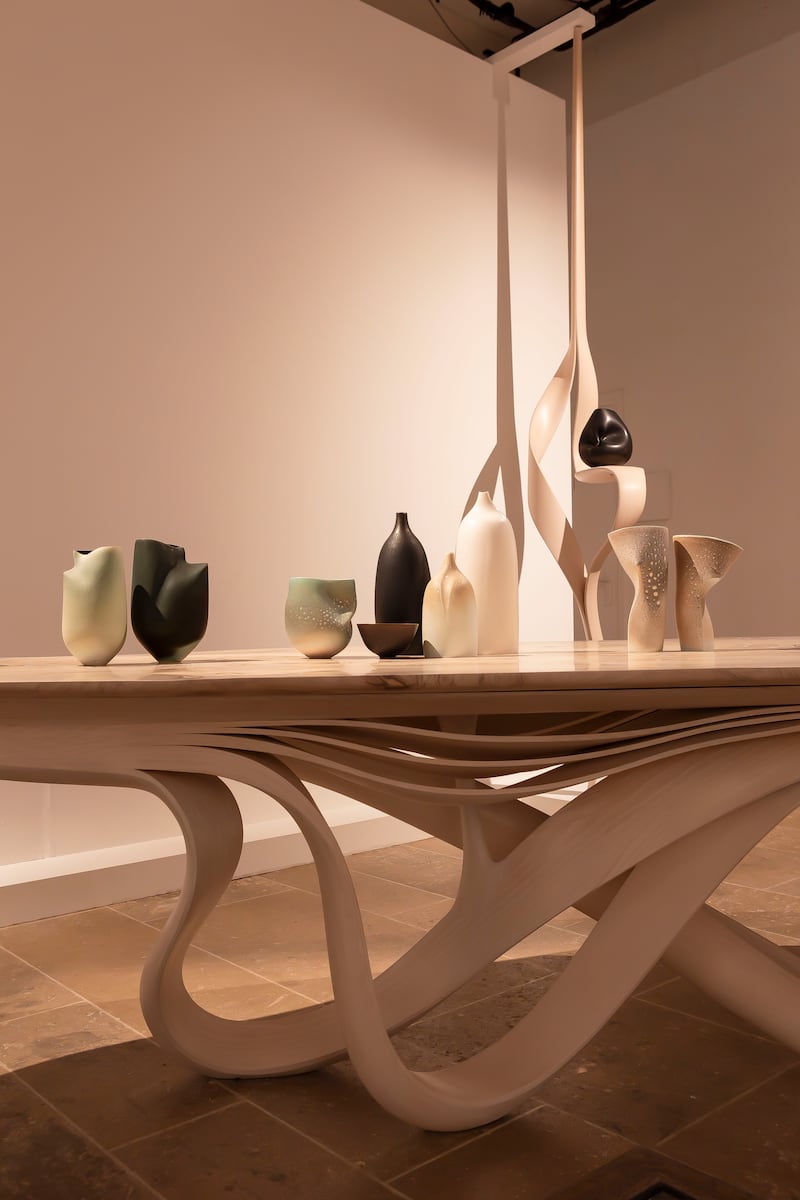
On the other side of the conversation, craft itself can be every bit as emotionally remarkable and practically impractical as art. Just look at one of Joe Hogan’s intriguingly beautiful nests. The west-of-Ireland basket-maker, who in 2021 was given a Lifetime Achievement Award by President Michael D Higgins, also makes what he describes as “artistic baskets”, where gnarled wood is woven into willow to create extraordinary objects. These have been exhibited around the world, including at the Michelangelo Foundation’s Homo Faber showcase in Venice in 2018.
Opinions differ on the relationship between art and craft. When Grayson Perry won the Turner Prize, in 2003, the transvestite potter quipped that people were more surprised that a ceramicist had won than by the fact that he was a man in a dress. More recently he also said that “art deals with ideas, while the crafts have very much to do with how things are made”.
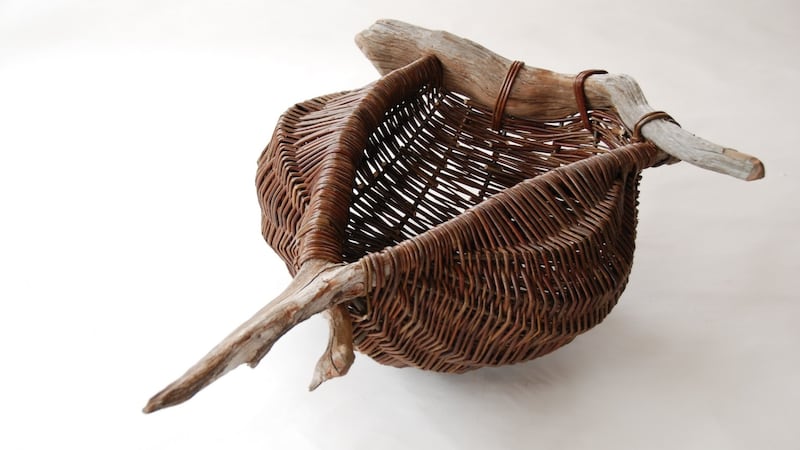
It’s a neat enough explanation, but what should we then do with Hogan’s text on his website exploring the ideas behind his nests? He describes his interest in, and the work’s connection to, ideas from species and biodiversity collapse to the Maoist Chinese project to eradicate sparrows to the poetry of WB Yeats and Wendell Berry.
At the Irish Cultural Centre, a lunchtime conversation ensues about the difference between art and craft. Some are interested in the ideas generated by the divide: is it about intent, materials, skills and training or is it simply a question of language? Others are clearly bored or frustrated. “Oh, not that again,” one craft aficionado says. The thing is, it does matter, because even if makers will make whether you call their work art or craft, the separation of naming encapsulates crucial differences in how they are funded and supported, and how they are valued in terms of both price and significance. When makers, be they artists, artisans or craftspeople, bring an object into the world they can’t avoid doing it in the context of a whole set of values.
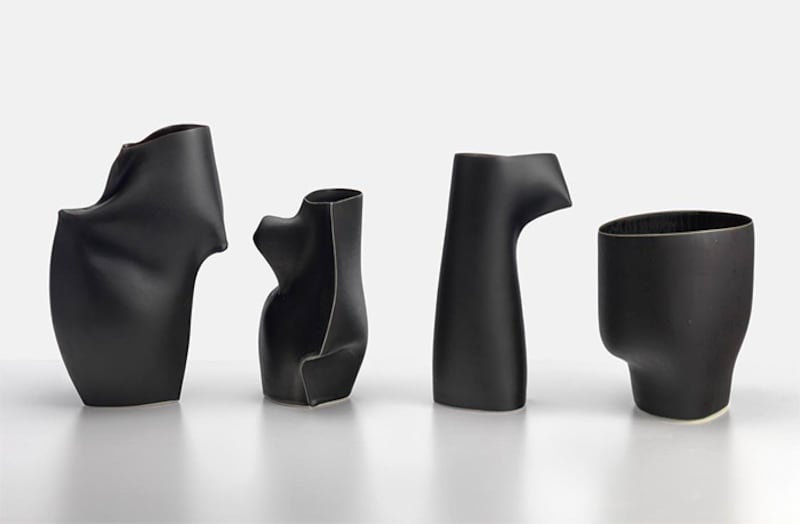
Is it crass to talk about time and money? Some years ago I was at an opening of a huge installation by the ceramicist Frances Lambe. The speaker concentrated on how much work had clearly gone into her enigmatically satisfying submarine forms. I tried and failed to imagine something similar being said at an art exhibition, however meticulous the brushstrokes, chiselling or stitches. And to put things really bluntly: even at the most rarefied end of things, items under the umbrella of “art” tend to sell for more than items termed “craft”.
[ How to be a basket weaver: Enthusiasm is very importantOpens in new window ]
The objects themselves haven’t changed, but the contexts, which are always helpful as a way in to understanding more about what we are seeing, come to dominate with their own manufactured values. A great deal of these come from the way the two are funded and taught. Funding for Design & Crafts Council Ireland comes mainly from the Department of Enterprise, Trade and Employment, which pushes a sense of utility into the conversation, and it is telling that the council’s two most recent chief executives, Karen Hennessy and Rosemary Steen, have backgrounds in business and industry rather than in the creative sectors.
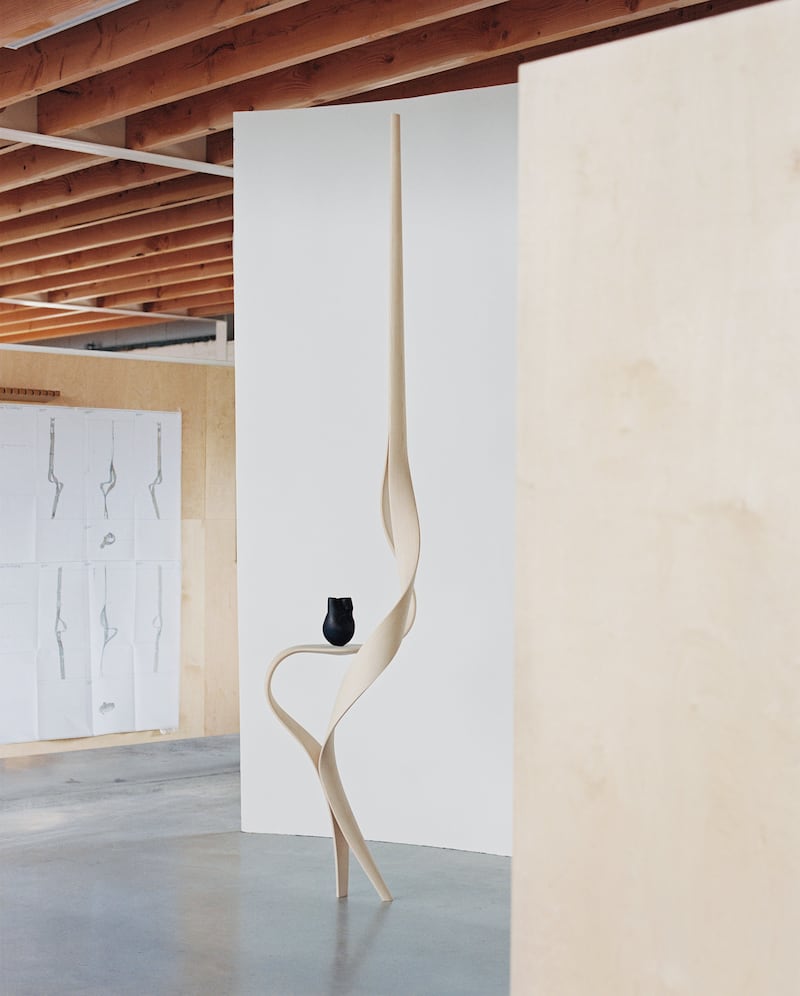
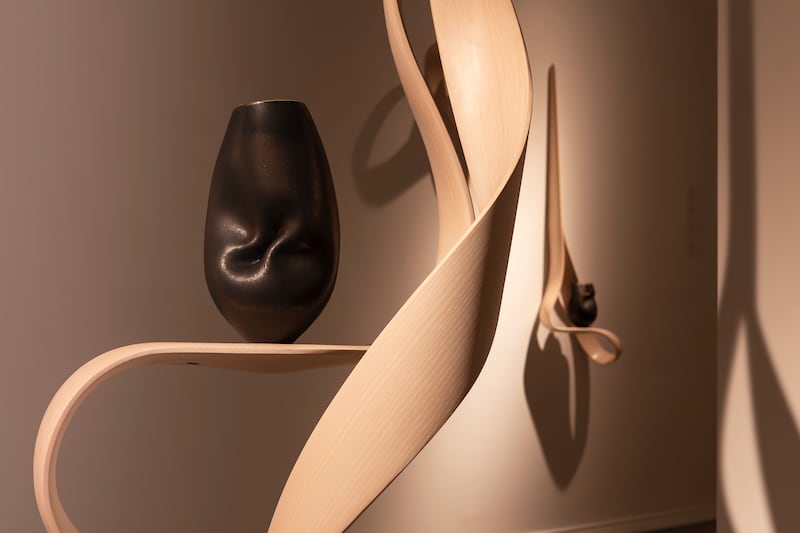
Steen left the council to take on the running of the Residential Tenancies Board this year; her departure ushers in a potential for change at the organisation, which had seen multiple staff resignations during her tenure. Recruitment for a new chief executive is due to begin shortly. Its head of design, Tom Watts, sees the umbrella of Enterprise as healthy, as it can foster collaboration and help to build networks between government departments. He points to Róisín Pierce’s show at Paris Fashion Week, hosted by the Irish Embassy in March this year, as an example of collaboration in action. In 2019 Pierce was one of the winners of Design & Crafts Council Ireland’s Future Makers awards.
Watts also points out how some of the world’s luxury brands have turned to craft to amplify their more emotional credentials. Hogan and Flynn have both been shortlisted for the Loewe Foundation Craft Prize, which is awarded by Loewe, the Spanish luxury fashion house; craft, like film and literature, is another arm of the soft diplomacy that consolidates Ireland’s place in the international conversation – from which, it is hoped, investment and influence flow.
The design and craft curator and writer Glenn Adamson sees the benefits of valuing craft as even more powerful. A former director of New York’s Museum of Arts and Design and former head of research at the Victoria and Albert Museum, in London, Adamson moderates Walsh’s annual Making In symposium, to which leading makers, designers, artists and architects are invited to west Cork from around the world. Adamson’s book Fewer, Better Things, from 2018, is an invitation to buy less and to appreciate what you have more, as a necessary antidote to the consumerism of fast fashion and fast furniture.
“Making – and let’s call it ‘making’ rather than ‘craft’,” he says, “is an innate human instinct, an innate human ability. If you don’t have a culture that supports that instinct, then you’ve gone wrong. It’s almost like ripping a soul out of the community. And that’s not putting it too strongly.”
He describes the idea of “material intelligence”, which he compares to emotional intelligence. “When you appreciate something that’s made, you’re appreciating the maker as well. And that is a very important foundation stone for living well in the world.”
Back in Paris, Flynn and Walsh are less invested in the theories behind how and why their work is received than they are in being able to continue doing what they do. Networks help, as does the space to make, and Flynn credits “the incredible skill base” she was given at Crawford College of Art and Design, in Cork. Early in her career Flynn worked in a bar to support herself. “I didn’t want to be distracted from what I was making,” she says.
“In a way, policy is a kind of contradiction,” says Walsh. “Because policy sets parameters you can operate within, but creativity is about expanding parameters. Creativity is something embedded in humanity. That’s what took us out of the caves. After that it’s about your determination to forge your own path.”
Flynn remembers something the late sculptor Imogen Stuart said, at Making In in 2022: “You can call yourself your activity – that you are a sculptor, a watercolourist or a poet – but it’s not for you to claim yourself an artist. That resonated with me hugely,” she says. “I can just make the best work I can, whether it’s ‘art’ or whether people understand what is going on in my head and in my heart.”
“Things are getting a bit upside down,” says Walsh. “It’s like this celebrity culture, but is any of it relevant to humanity?” Adamson would answer that, fundamentally, “making” is everything. “Just try speaking for five minutes without using a craft metaphor,” he says. “One of the things that is so powerful about making is that it’s a very positive, affirming response to the sense of alienation and dehumanisation that people feel all around them.”
Looked at that way, distinctions and hierarchies between art and craft might evaporate, if only we could learn to revalue what matters most.
Joseph Walsh & Sara Flynn runs at the Centre Culturel Irlandais, in Paris, until Saturday, October 26th. Irish Design Week runs November 11th to 15th. dcci.ie



















